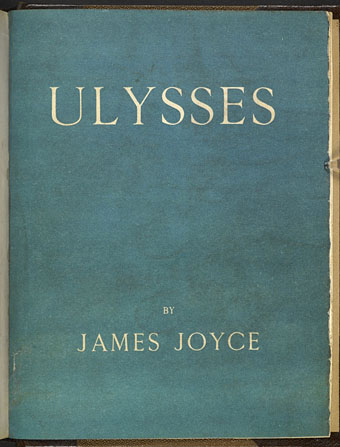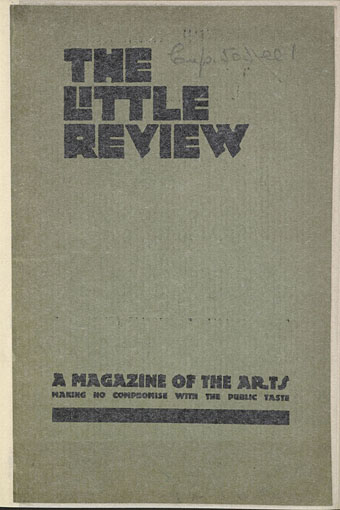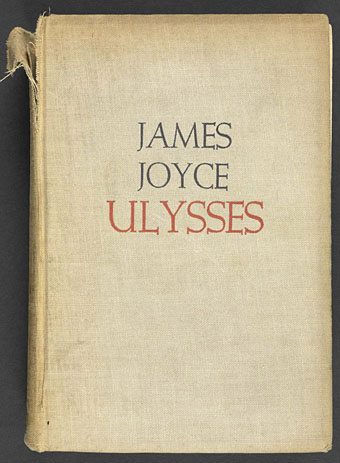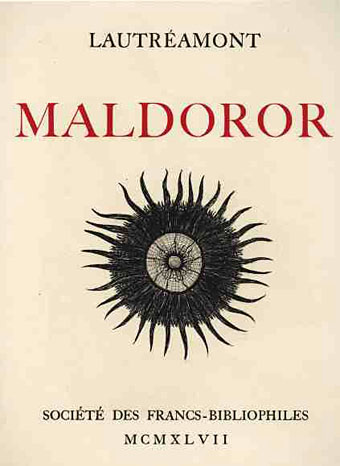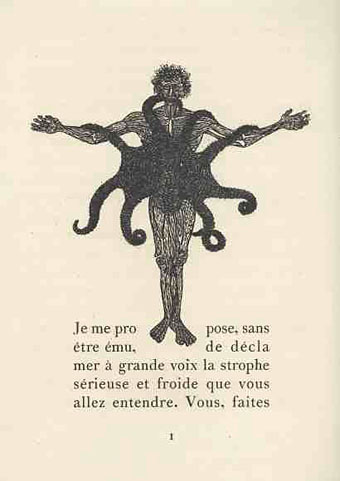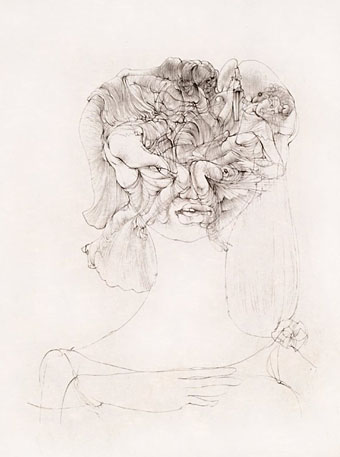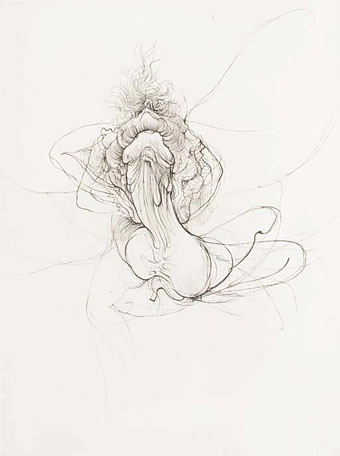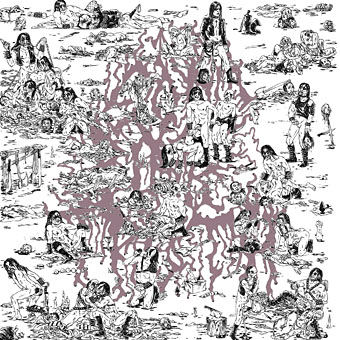I may no longer post every day but I maintain some traditions so here’s the annual post for Bloomsday. This year all the offerings are courtesy of the British Library who recently expanded their online literary archives. Among the Joycean material there are these Ulysses-related items including one of the first editions published by Shakespeare and Company in 1922. I saw one of these up close in 1995 at a charity auction of banned books in London, not only a first edition but one of the copies that Joyce had signed. Salman Rushdie was in attendance at that event (and still being shadowed by a police escort), and ended up with the book after bidding something like £2000. If you want a signed first of Ulysses today then expect to add another zero to the price.
Also at the British Library is this copy of The Little Review from April 1920. The magazine was prosecuted for obscenity in the US after publishing the Nausicaa chapter (wherein Mr Bloom masturbates on the beach).
And another edition of the novel, the first US printing after the legal case against Ulysses was overturned in 1934. This is the edition of the book that opens with an arrestingly page-filling capital S.
The title of this post, incidentally, is taken from Anthony Burgess’s Joyce study Here Comes Everybody (1965), an excellent guide to the author’s works whose section on Ulysses is named after the structure built by Daedalus (Dedalus), The Labyrinth.
Previously on { feuilleton }
• The Duc de Joyeux
• Dubliners
• Covering Joyce
• James Joyce in Reverbstorm
• Joyce in Time
• Happy Bloomsday
• Passages from James Joyce’s Finnegans Wake
• Books for Bloomsday

